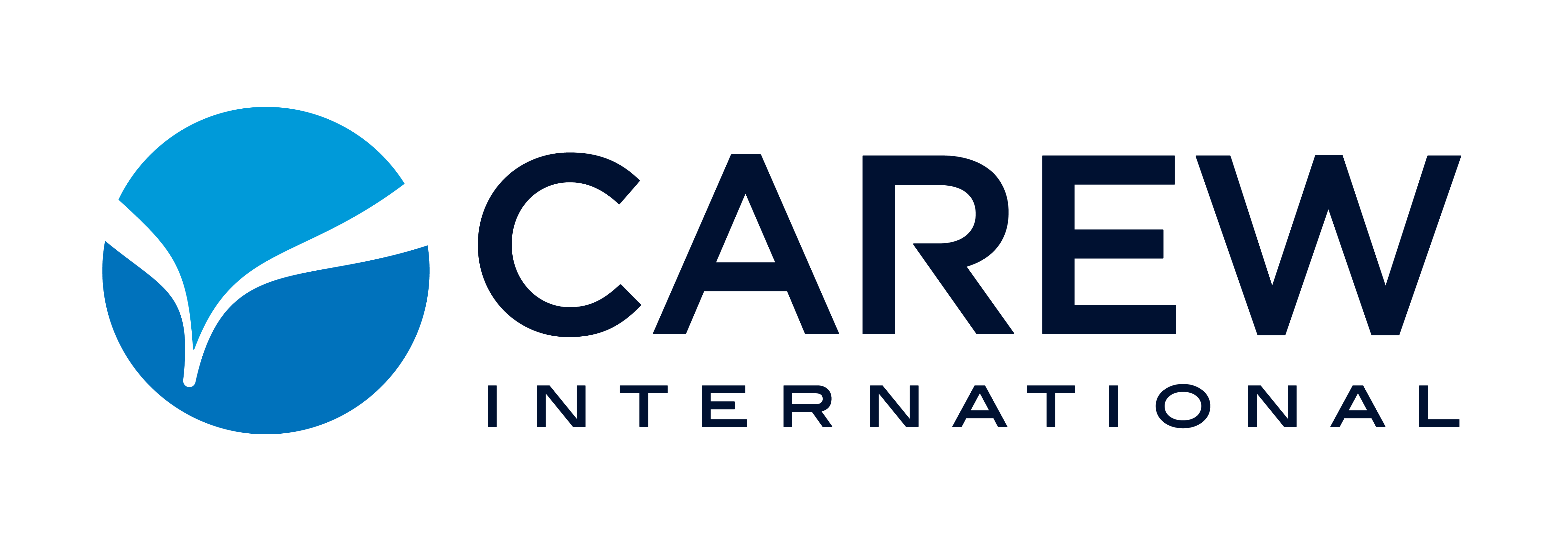“Customers want an always-on, personalized, omnichannel experience. The world’s best sellers are giving it to them,” so says the authors of McKinsey’s most recent global B2B Pulse. Their research, which surveyed close to 3,500 decision makers in 12 markets, found that given the choice of traditional, remote, and self-service interactions, buyers have shown they want them all throughout their purchasing journey. And if B2B buyers are using more channels, B2B sellers must, too.
Consider these additional stats:
- Hybrid selling—initially an adaptation to the pandemic—is expected to be the most dominant sales strategy by 2024 due to shifts in customer preferences and remote-first engagement.
- Hybrid sales drive up to 50 percent more revenue by enabling broader, deeper customer engagement and unlocking a more diverse talent pool than more traditional models.
For B2B companies, both inside and outside sales teams have long been regarded as separate teams that either work in tandem or in silos. Now organizations need to shift to a hybrid sales strategy to meet the emerging challenges facing buyers and decision-makers.
It is a sales manager’s job to give their teams the time, technology, tools, and training to succeed. Leaders can prioritize the following areas when planning how to build and strengthen hybrid sales teams and processes. After all, hybrid and digital are the fastest growing sales teams – don’t be left behind.
Making the Most of Technology
Pre-pandemic, low-quality tech solutions may have prevented sales professionals from attracting and charming customers at every point in the funnel. Now there are endless technology tools that you can adopt at your organizations to benefit your sales teams. When adopting new technology, McKinsey suggests starting with critical pain points within your core sales processes, then looking for opportunities to enhance remote customer interactions. Further, before investing in entirely new solutions, consider whether it’s appropriate and valuable to optimize your existing technology.
Digital selling solutions such as Smart Rooms by Journey DXP can help your sales team provide customers and prospects with customized digital experience platforms. For example, these digital sales rooms mean your sales team can move away from traditional email as their primary mode of communication and into a full-scale collaboration with several contacts within a client organization at once. All while giving your sales professionals insight into their customer’s online buying signals.
Since a remote-first environment has become the new norm for a lot of B2B businesses, training your team to understand and navigate your technology is necessary.
Satisfying Customers
As touched on above, today’s customer expects more – more convenience, more channels, and a more personalized buying experience. And if they don’t get what they’re looking for, they’ll take their business elsewhere. Research from McKinsey states that customers are more willing than ever to switch suppliers to gain exceptional experiences. Sales managers and leaders must ensure their reps are meeting customers where they are and driving customer satisfaction and loyalty.
Investing in the buyer experience may seem like a vanity cost to your organization. However, based on the research McKinsey has put forth, if your customers find your organization hard to do business with compared to your competition, it could cost you prospective customers and established accounts.
Hiring, Training, and Development
Sales teams and strategies continue to evolve rapidly. McKinsey’s global B2B Pulse found that nearly 40 percent of organizations added hybrid sellers to their ranks over the past two years, and this role is set to become the second most prominent B2B sales role over the next three years. In addition to bringing in new hybrid sellers, leaders need to ramp up training and skill building to ensure existing field and inside sales representatives are comfortable with omnichannel responsibilities. Sales training is a truly necessary strategy, so all sales professionals are prepared to solve problems, identify sales opportunities, and then seize those opportunities with every customer or prospect contact.
Having a core sales methodology like Dimensions of Professional Selling® can make training these new sales roles much easier. While modes of communication may change, the core fundamentals of how sales professionals and managers need to interact with customers won’t.
Hybrid selling means establishing the right processes, tools, training, and technology to close more deals while being adaptable to the way prospects and current customers want to buy. Sales leaders who recognize the importance of a hybrid sales process are setting their organizations up for increased revenue, satisfied customers, and overall success.

